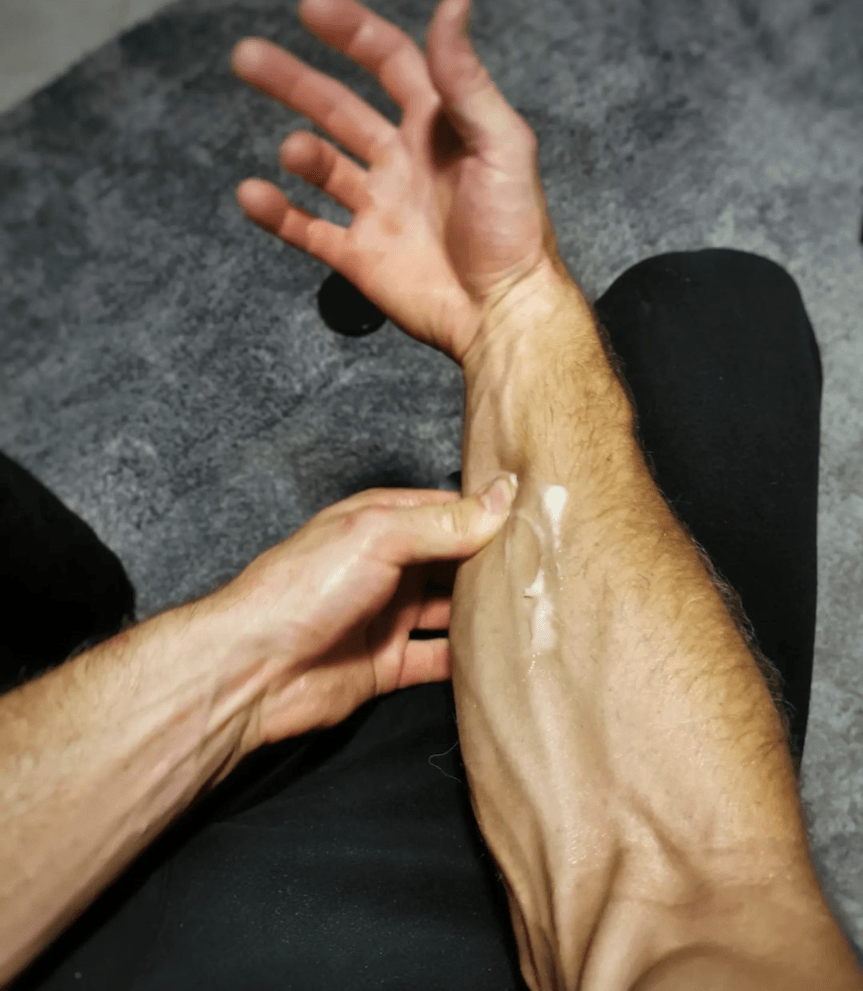
Ouch, I’ve ripped my hand. Now what?
Hand rips are one of those annoying things that you’ll probably experience at least once if you’re a Crossfitter, Gymnast, Climber or an athlete whose hands have calluses built up. They are the last thing you'd want as they are painful and can set you back on your training progress. Hand rips are frustrating and not an ideal situation to be in.
Before we get into how we can repair those torn hands, let’s first understand what hand rips are.
So for those who have yet to experience them, what are hand rips?
A hand rip is a wound / injury caused by calluses or blisters tearing off your hand. Performing repeated movements at the same area (e.g lifting a barbell, bar muscle-ups) causes friction that leads to calluses forming and eventually ripping if not well taken care of. Hand rips are often found on the palm of the hand or at the knuckles. Depending on the thickness of the rip, it can also bleed. A ripped hand can take up to 3 weeks to heal if not taken care of, and can also continue to rip after it heals.
Fortunately, there are ways to avoid ripping your hands. These 3 tips can help to treat your calluses and prevent hand rips. But for now, let’s fix up that bloody hand rip(s) in 5 easy steps.
Here are the 5 easy steps to repair your torn hand.
#1 Clean the wound with water and soap

Breathe in, brace yourself and just go for it.
Washing the wound will most likely sting and cause you to let out a loud yell but it is the most important step. There is no need to wash it with alcohol or hot water. Just warm water streaming over it while you use soap to gently rub around the wound. The goal is to get rid of any dirt that might cause an infection and to get the wound cleaned.
#2 Trim down any excess skin

This second step is also crucial. You might be hesitant to go anywhere near the fresh wound but cutting off any excess skin can prevent it from catching onto things and causing further tears. Take a pair of sterilised scissors or nail clippers (wash in boiling water), wait for it to cool down and trim off the jagged pieces, getting as near as you can to the wound without touching it.
#3 Use a moisturising hand balm (SStuff’s Skin Repair Balm)

You might be thinking wound + iodine = speed healing.
It is much more beneficial to use a natural, moisturising balm that promotes healing and moisturises the new skin at the same time. SStuff’s Skin Repair Balm is formulated using natural ingredients that are designed to heal hand rips within days and moisturise at the same time. These specially chosen ingredients help to reduce inflammation, provide a protective layer over blisters and tears to aid the healing process as well as speed up the process by encouraging new skin cells to grow to close the wound.
#4 Keep it bandage and moist to promote healing

Immediately after applying the Skin Repair Balm, cover the hand rip with a bandage.
Remember to change the bandage daily or as soon as the bandage is dirty.
#5 Continue to hydrate the wound and let the new skin grow

It is important to apply the Skin Repair Balm daily to keep the wound hydrated to promote skin growth. SStuff’s Skin Repair Balm is not only suitable for speed healing of wounds but also increases hydration over dry skin with the use of natural ingredients. Keeping your skin hydrated as it heals is important as you do not want the wound to crack open again. A dry wound can crack easily and once again, delay the process of getting back to your daily activities.
It is also important to let the wound heal rather than rushing back into training with a wounded hand. Find alternative ways around your training to avoid putting too much pressure on your rips.
RECAP:
Immediately after ripping your hand, clean out the wound with water and soap. Pat dry the wound and trim any excess skin with a sterilised nail clipper/ scissor. Apply SStuff’s Skin Repair Balm to speed up the healing process. Cover the wound with a bandage and change the bandage daily or when dirty. Continue to apply the Skin Repair Balm daily to moisturise the wound.
So, the next time you get a rip, follow the above 5 steps to get back into training quicker and safer.





